Immerse yourself in the dazzling expanse of customer experience analytics ? — a vital component in the sphere of business strategy. Delve into the core of customer behaviour patterns, dissecting their preferences and actions to elevate your brand ?. Boost your rapport with the audience, exploring real-life scenarios from sectors like eCommerce, healthcare, and education. Grasp the manifold benefits, such as:
- Uncovering insights to tailor experiences ?
- Predicting customer behaviour ?
- Enhancing retention rates ?
These tangible impacts result from a keen understanding and application of analytics, translating raw data into valuable action points. In this exciting voyage of exploration, Plerdy can be your trusted companion. Offering an all-in-one SEO & UX tool, Plerdy provides a comprehensive suite to decode the customer experience, enabling businesses to touch the zenith of success. Don’t hold back — embrace the power of customer experience analytics and step into a brighter future with Plerdy. Let’s commence this engaging journey together, unraveling the intricate intricacies of customer experience and unravelling a world of opportunities. Dive right into the treasure trove of insights this article holds ?.
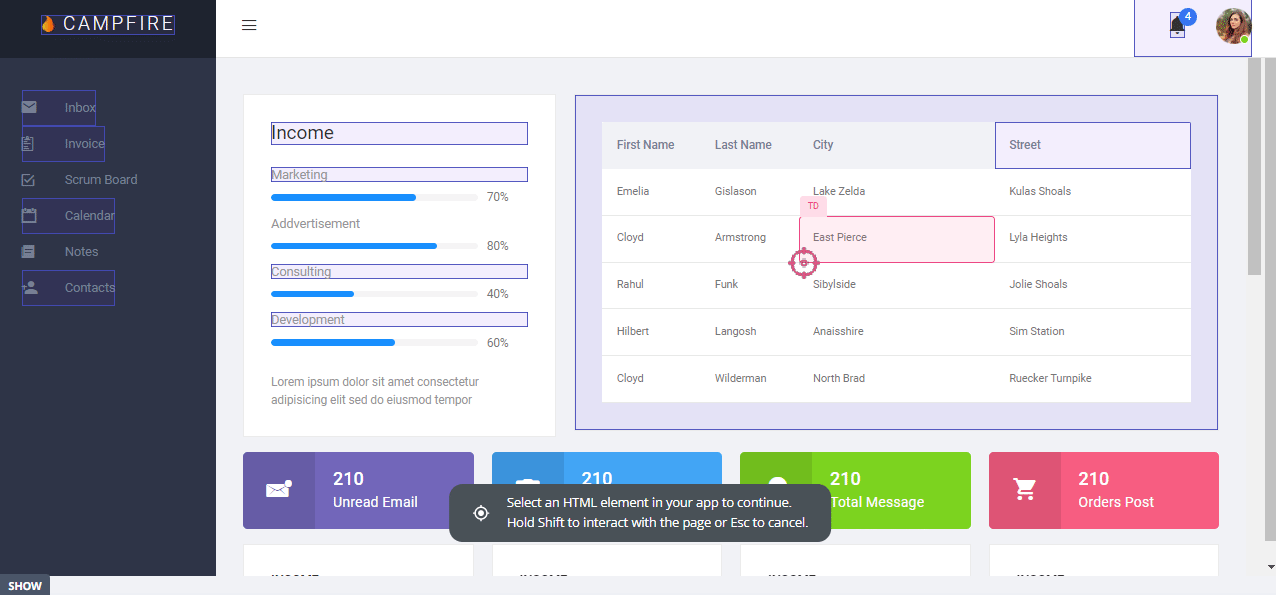
Definition of Customer Experience Analytics
In the bustling marketplace of today, Customer Experience Analytics acts as the pilot light guiding businesses through the intricacies of consumer behavior. By diving into vast oceans of data, companies gain invaluable insights into the ways customers interact with their products and services. Let’s take e-commerce, for instance – understanding how customers navigate a website, what they add to their cart, or abandon, shapes how the site evolves. Then, consider banking; analytics helps decipher patterns in transactions, enabling fraud detection and smart services.
Customer Experience Analytics comprises three key elements:
- Customer – the protagonist whose needs and preferences shape business strategies.
- Experience – encompasses every interaction between the customer and the brand, be it in-store or digital.
- Analytics – the process of examining data to draw out patterns and trends.
These components work in unison to paint a vivid picture of the customer journey. In the healthcare sector, analytics sheds light on patient satisfaction and treatment efficacy. For tech support, it zeroes in on call resolution times and recurrent issues. Harnessing this trove of data, companies streamline processes and personalize interactions, cementing customer loyalty and spurring growth. In summary, Customer Experience Analytics is the compass that directs business navigation in a sea of consumer data.
Evolution of Customer Experience Analytics till 2023
Customer Experience Analytics didn’t spring into existence overnight. It’s been a gripping journey of innovation and finesse. Initially, businesses wielded basic tools, like surveys and feedback forms, to gather insights into customer satisfaction. Then, as the internet took the stage, enterprises harnessed website analytics to grasp how visitors interacted with their digital domains.
The advent of smartphones brought along a fresh avenue for engagement, and mobile analytics zoomed into the spotlight. From apps to push notifications – companies rolled up their sleeves to capture attention on-the-go.
Key landmarks in the evolution:
- Early 2000s: Web analytics makes waves, tracking customer behavior online.
- Late 2000s: Social media analytics carves its niche, monitoring likes, shares, and comments.
- 2010s: Mobile analytics takes the lead, analyzing app usage and mobile browsing habits.
- 2020 onward: Artificial intelligence and machine learning kick in, personalizing customer experiences based on behavioral data.
Enter 2023, and businesses are tuning into the symphony of data pouring in from various channels. IoT devices, chatbots, and VR have spiced up customer interaction, demanding an omnichannel approach. Customer Experience Analytics now encompasses all touchpoints, refining strategies with surgical precision. From the retail sector – where in-store experiences are tailored through heatmaps – to airlines optimizing booking processes, analytics serves as the maestro orchestrating sublime customer journeys.
The Increasing Importance of Customer Experience in 2023
As 2023 unfolds, the spotlight on customer experience intensifies, with companies pulling out all the stops to woo consumers. The digital realm has grown into a labyrinth, and consumers seek an effortless, personalized experience. Analytics is the treasure map that helps businesses navigate and tailor these experiences.
For instance, the hospitality industry is spicing things up, using analytics to personalize room preferences or suggesting tailored activities for guests. In parallel, e-commerce giants employ analytics to ensure an intuitive user interface and smart product recommendations, minimizing clicks and maximizing satisfaction.
Here are ways in which analytics is turbocharging customer experience in 2023:
- Unparalleled Personalization: Analytics lets you put customers at the heart of your strategy, customizing interactions from the ground up.
- Anticipating Needs: By keeping tabs on past interactions, analytics enables you to stay one step ahead and fulfill consumer desires even before they express them.
- Streamlining Omnichannel Interactions: Analytics breaks down the silos between channels, weaving a seamless customer journey whether they reach out via social media, chat, or email.
- Refining Products and Services: By gathering insights into what customers love – or loathe – you can hone your offerings to a razor’s edge.
Customer experience is now the cornerstone of business success, and analytics is the master craftsperson sculpting every interaction into a work of art. From the entertainment industry – where streaming services curate bespoke playlists – to fintech firms that smoothen transactions, excellence in customer experience is the Holy Grail in 2023.
Technological Advancements Driving Customer Experience Analytics
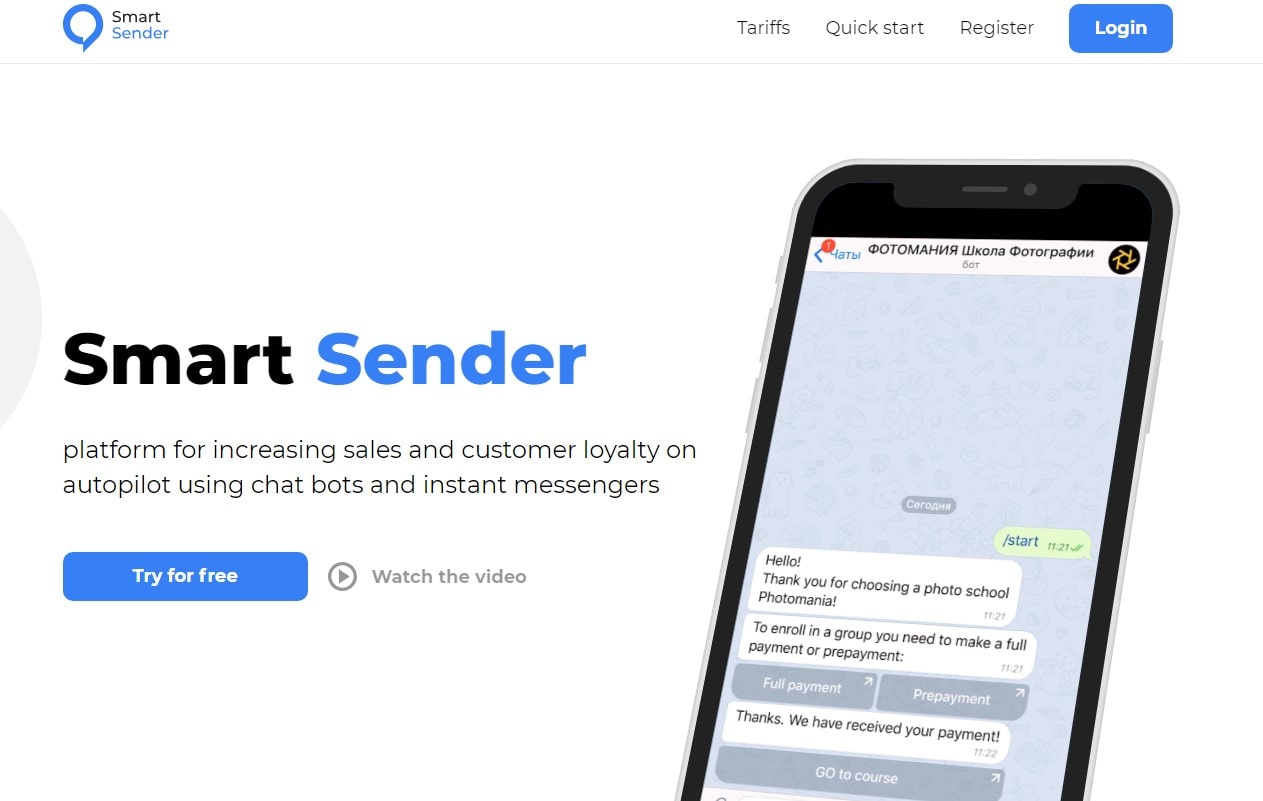
1. Integration of Artificial Intelligence and Machine Learning
In the riveting orchestra of customer experience, Artificial Intelligence (AI) and Machine Learning (ML) are the virtuosos setting the tempo. By infusing analytics with AI and ML, businesses unlock the potential to craft phenomenal customer experiences that resonate on a personal level.
Take online retail, for example – AI-driven chatbots engage customers, guiding them through product selections and offering instant support. In the healthcare domain, ML algorithms comb through patient records, tailoring treatments and bolstering satisfaction.
Here’s how AI and ML revamp customer experience analytics:
- Predictive Personalization: ML algorithms sift through data to predict customer preferences, allowing for tailored experiences.
- Automated Customer Support: AI-powered chatbots and virtual assistants resolve queries at lightning speed, boosting satisfaction.
- Intelligent Recommendations: Be it a streaming service dishing out playlists or an online store suggesting products, AI makes it happen.
- Fraud Detection and Prevention: In financial services, ML excels in detecting irregular patterns, safeguarding customers’ assets.
Customer experience analytics, enriched by AI and ML, morphs into a powerhouse that strikes the right chords in customer engagement. Marketing campaigns become razor-focused, with AI figuring out the best channels and times to reach out. Meanwhile, ML adds a touch of finesse by constantly learning from data, ensuring that strategies evolve in sync with customer tastes. This symphony of technology is revolutionizing industries across the board, delivering customer experiences that are nothing short of extraordinary.
2. Advancements in Data Collection and Analysis
As technology accelerates at breakneck speed, advancements in data collection and analysis stand at the forefront of refining customer experience. Industries are harnessing cutting-edge tools to gather a treasure trove of data, carving paths for captivating consumer experiences.
In the e-commerce sector, for instance, heat maps and click tracking revolutionize understanding of on-site behavior, while the travel industry leverages GPS data to tailor experiences down to individual preferences.
Critical advancements shaping data collection and analysis:
- Real-time Analytics: Companies now capture and analyze data on the fly, fine-tuning customer interactions as they unfold.
- Big Data Technologies: With tools like Hadoop and Spark, handling colossal data sets has never been easier, unlocking granular insights.
- Natural Language Processing (NLP): NLP extracts gold from unstructured data like customer reviews and social media remarks, enriching consumer profiles.
- IoT Data Integration: With IoT devices feeding in constant streams of data, analytics gets a boost in understanding and improving customer experiences across touchpoints.
The essence of these advancements is to piece together a coherent and holistic picture of customer interactions. From healthcare – where wearable devices inform tailored treatment plans – to the gaming industry that adapts in-game experiences based on player data, the modern tapestry of customer experience analytics is woven with threads of innovation and insight.
3. The Role of Cloud Computing in Scalable Analytics
Cloud computing is the linchpin that fastens customer experience analytics to the scale and flexibility needed to outshine in the modern market. By taking analytics to the cloud, businesses can effortlessly scale resources, ensuring an uninterrupted flow of insights that power engaging customer experiences.
For example, online streaming services harness the cloud to analyze consumer preferences and behavior in real time, dishing out personalized recommendations that hit the sweet spot. Meanwhile, e-commerce platforms ride the cloud wave to handle the holiday rush, scaling analytics to keep the customer experience smooth.
Cloud computing catapults customer experience analytics through:
- Scalability: Effortlessly scale resources up or down based on demand, ensuring optimal performance.
- Cost Efficiency: Say goodbye to heavy upfront investments – pay as you go, and only for what you use.
- Global Reach: Cloud solutions spread their wings globally, ensuring low-latency access to data, no matter where your customers are.
- Enhanced Collaboration: Teams across the globe can collaborate seamlessly, sharing insights and data in real time.
In sum, cloud computing is the catalyst that propels customer experience analytics into the stratosphere. From healthcare firms leveraging cloud analytics for remote patient monitoring to logistics companies optimizing global supply chains, the cloud ensures that customer experience analytics scales new peaks of excellence.
Benefits of Implementing Customer Experience Analytics
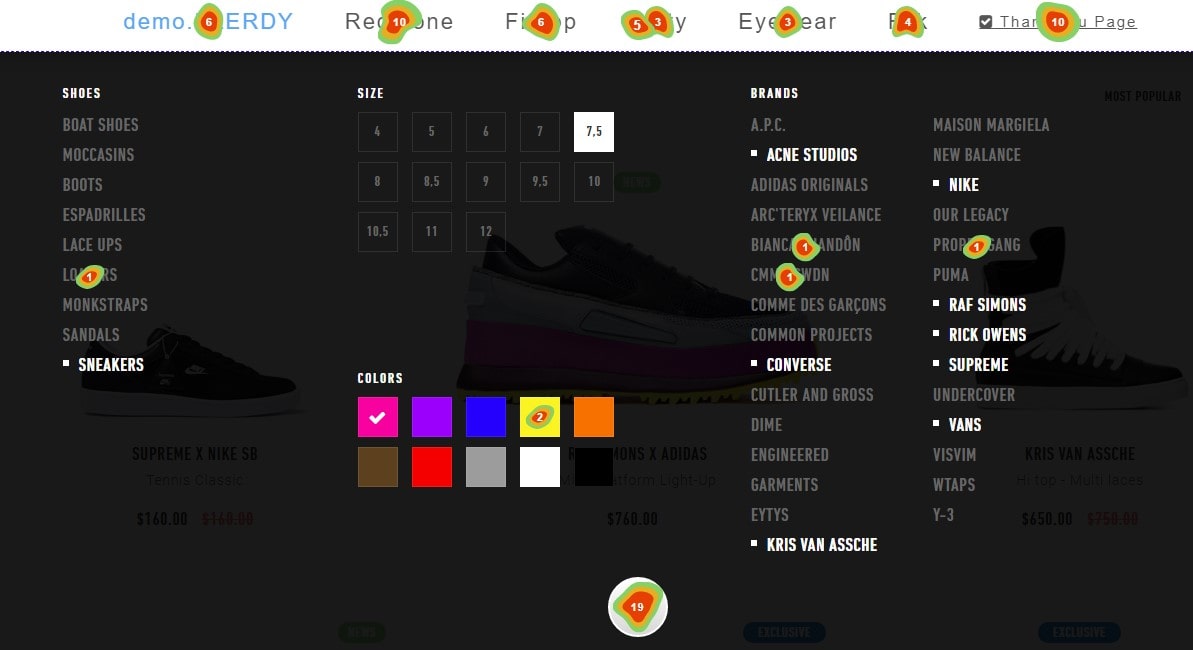
1. Improved Customer Satisfaction and Loyalty
In a marketplace where consumer choices abound, customer experience analytics takes center stage in driving satisfaction and fostering unwavering loyalty. By unraveling the intricacies of consumer behavior and preferences, companies are blazing trails in curating experiences that not only meet but surpass expectations.
Consider subscription box services – by utilizing analytics, they tailor each box to the individual tastes of subscribers, turning casual customers into die-hard fans. Likewise, airlines harness analytics to streamline check-ins and personalize in-flight experiences, which pays dividends in customer loyalty.
Here’s how customer experience analytics fortifies satisfaction and loyalty:
- Personalized Interactions: Analytics aids in molding experiences that resonate with the individual preferences of customers.
- Swift Problem Resolution: By analyzing data, companies can nip issues in the bud, preventing customer frustration.
- Informed Product Development: Insights from analytics inform product refinements that hit the mark with customers.
- Reward Schemes: Leveraging analytics, companies can devise reward programs that truly speak to customer interests.
Whether it’s a coffee shop that remembers your favorite blend or a music app that knows your genre preferences, customer experience analytics is the workhorse behind the scenes – fueling satisfaction and building a legion of loyal customers who wouldn’t dream of taking their business elsewhere.
2. Enhanced Personalization and Product Recommendations
Customer experience analytics is the powerhouse behind the surge in personalized experiences and pinpoint-accurate product recommendations. In an era where consumers crave relevance, analytics whips up tailor-made experiences that hit home.
Take the example of streaming services. By delving into viewing histories and preferences, they nail down recommendations that keep viewers glued to the screen. In a similar vein, online fashion retailers are styling out shoppers with personalized outfit recommendations that turn heads.
How customer experience analytics drives personalization and product recommendations:
- Behavioral Analysis: By tracking clicks, searches, and purchase histories, analytics crafts a clear picture of what tickles customer fancy.
- Predictive Analytics: Predicting what customers may need even before they realize it themselves, this feature is nothing short of wizardry in improving experiences.
- Segmentation: Analytics efficiently groups customers based on interests or demographics, allowing for targeted marketing that resonates.
- Dynamic Content: Analytics enables the real-time customization of content, ensuring that customers always find what they are after.
From a bookstore that recommends the perfect page-turner to an online grocer that suggests recipes and ingredients based on past purchases, customer experience analytics ensures a personal touch in a digital age. By getting into the customers’ shoes, companies are not only personalizing experiences but also cementing relationships built on relevance and care.
3. Streamlined Operational Efficiency
Customer experience analytics is a tour de force in ramping up operational efficiency. By harnessing data, companies can fine-tune their operations to serve customers like a well-oiled machine.
Picture logistics companies that optimize routes in real-time to ensure swift deliveries, or restaurants that analyze order patterns to keep hot sellers ready to go. Customer experience analytics makes it happen!
Here’s how analytics revs up operational efficiency:
- Real-time Data Insights: Businesses can respond to fluctuations in demand on the fly, ensuring resources are always deployed where needed.
- Process Automation: From streamlining customer queries to automating follow-ups, analytics takes mundane tasks off your plate.
- Performance Monitoring: Analytics keeps tabs on operations, identifying bottlenecks and ensuring everything runs smoothly.
- Optimized Resource Allocation: By predicting customer needs, companies can allocate resources wisely and avoid wastage.
The magic of customer experience analytics is in turning data into actionable insights that elevate operations to dizzying levels of efficiency. Imagine a customer service that anticipates your needs, or an online retailer that processes your return without a hiccup. That’s customer experience analytics at work – an unsung hero making sure businesses run like clockwork while delivering experiences that customers relish.
Key Metrics in Customer Experience Analytics
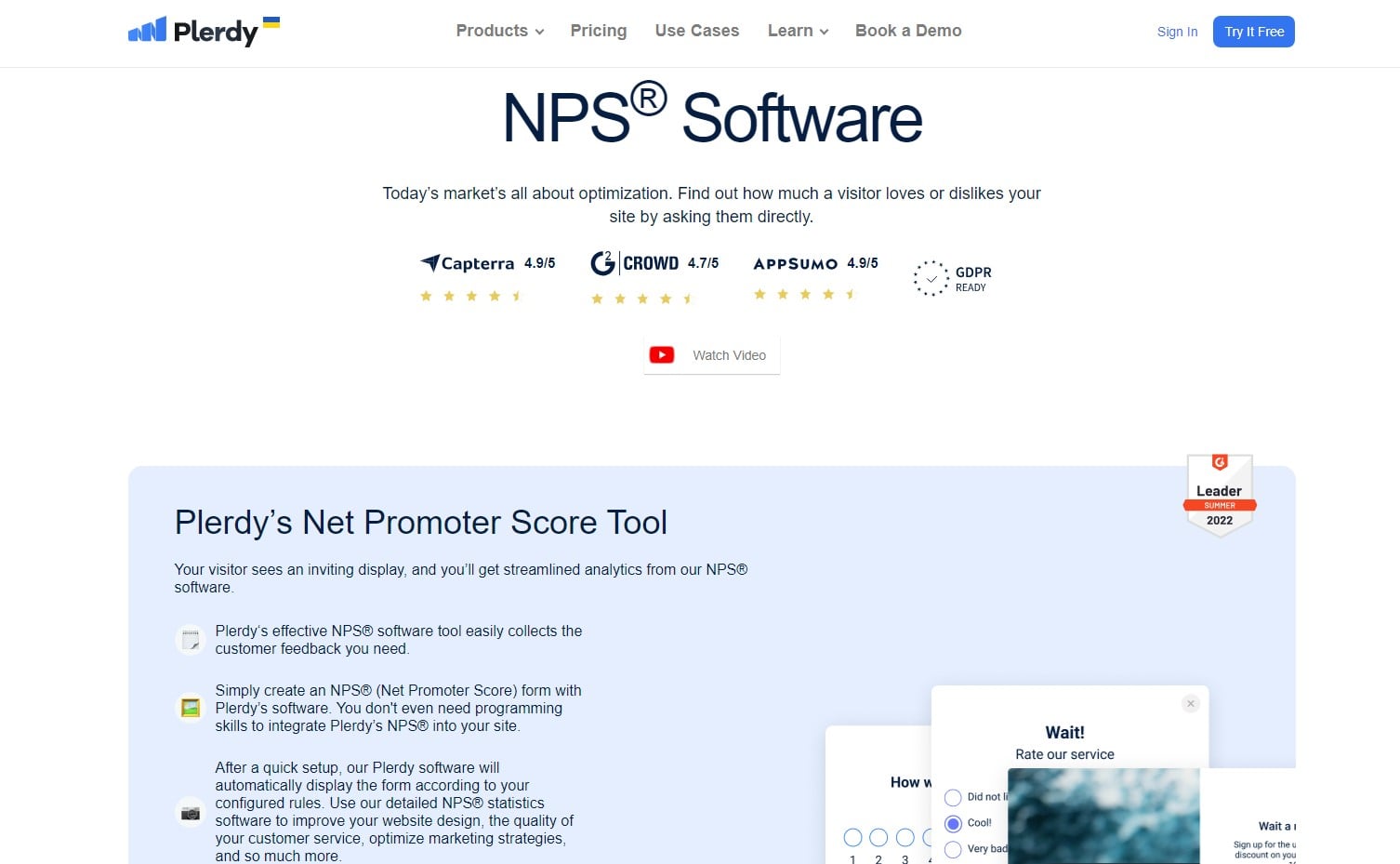
1. Net Promoter Score (NPS)
Net Promoter Score (NPS) is the linchpin of customer experience analytics, honing in on customer loyalty. It’s an express indicator that segments customers into promoters, passives, and detractors. Asking clients how likely they are to suggest your product or service measures NPS. Follow this measure to gauge customer sentiment.
Imagine a telecom company; they roll out a new data plan and use NPS to gauge if their subscribers are head over heels for it. Similarly, an e-commerce store could size up satisfaction levels during a flash sale.
Net Promoter Score empowers businesses by:
- Spotting Trends: Identify shifts in customer sentiment to stay on top of your game.
- Tailoring Services: Modify your services to cater to what customers really crave.
- Reducing Churn: By recognizing and addressing pain points, you can hang on to more customers.
Dive into NPS and you’ll forge a solid bond with your clientele. A telecom giant can up the ante by offering custom data plans, while an online store can smoothen the purchase process to have customers coming back for more. Bottom line – NPS is your compass, steering you through the rough seas of customer experience analytics towards the coveted treasure of customer loyalty.
2. Customer Satisfaction Score (CSAT)
Customer Satisfaction Score (CSAT) takes center stage when it comes to measuring customers’ contentment with a product or service. Usually gleaned from brief surveys, CSAT keeps you in tune with your audience’s whims and preferences.
Take, for instance, a hip coffee shop that recently spruced up its menu. They can dish out CSAT surveys post-purchase to find out if the customers are relishing their new offerings. A software company, after launching an update, can tap into CSAT to see if the changes hit the mark.
CSAT serves up numerous advantages:
- Spot-On Feedback: Grasp the sentiment of your patrons, be it jubilation or dissatisfaction.
- Augmented Customer Retention: Detect and plug the leaks in your service, making sure your clientele doesn’t jump ship.
- Enhanced Reputation: High CSAT scores can put you in the limelight, drawing in new customers.
Ultimately, embracing CSAT propels your brand into the stratosphere. Armed with invaluable data, you can cater to your customer’s cravings and dodge the potholes. An elated audience is a loyal audience – and CSAT is your roadmap to the stars in the galaxy of customer experience analytics. Forge ahead, and let CSAT be the wind in your sails!
3. Customer Effort Score (CES)
Customer Effort Score (CES) is a diamond in the rough in the grand tapestry of customer experience analytics. It digs into how much elbow grease customers have to put in to interact with a service or product. In a nutshell, a smooth sailing experience leads to higher scores.
Imagine an online bookstore. If clients can effortlessly search, pick and order books, they’ll likely be repeat customers. However, if consumers have to jump through hoops to buy something, they may leave.
Here’s the gold you’ll unearth with CES:
- Precision Targeting: Pinpoint areas where your clients are grappling, and streamline them for ease.
- Loyalty Building: Less effort means happier clients and happy clients stick around.
- Cost Reduction: By smoothing out the kinks, you’re cutting down on service interactions – and saving big.
Tech support can also harness CES post-interaction to measure how gratifying the resolution process was. If clients resolve issues without breaking a sweat, you’re doing it right.
CES is your trusty compass, guiding you through the stormy seas of customer experience. Take the helm, ease the journey for your clientele, and watch loyalty skyrocket. Your analytics treasure chest isn’t complete without CES!
4. Customer Churn Rate
Customer Churn Rate – the boogeyman of subscription-based businesses! It’s a metric that tells you the percentage of customers who have cut ties during a specified timeframe. High churn rates ring the alarm bells, as retaining existing customers is generally more cost-efficient than acquiring new ones. With analytics, you can decode the cryptic messages behind churn and employ strategies to keep your clientele.
Take, for instance, a subscription-based meal kit service. If they’re seeing a high churn, it’s time to sift through customer feedback and zero in on the pain points.
Addressing churn might include:
- Personalized Offers: Tailor your offerings to fit the unique tastes and preferences of your customers.
- Engagement Boost: Keep the communication lines open and engage customers with enriching content.
- Incentive Schemes: Roll out rewards and incentives that keep customers returning for more.
Churn analytics can also reveal patterns. Are customers leaving after a specific period? Is there a common complaint among those who leave? What are the attributes of customers who stay?
With an eagle-eye on Customer Churn Rate and leveraging analytics, you can keep your ship sailing smooth. Focusing on an impeccable customer experience is not just a good-to-have, it’s the mast that keeps the sail steady in the tumultuous business waters.
5. Customer Lifetime Value (CLV)
Customer Lifetime Value (CLV) is like the golden goose in the tale of customer experience and analytics. It shows a company’s lifetime revenue from a single customer. Streamlining CLV spells out a strategy that brings customers back and fosters brand loyalty.
Imagine a bespoke shoe brand; to boost CLV, they could:
- Tailor-made Experiences: Design shoes based on individual preferences, ensuring they hit the mark each time.
- Exceptional Support: Offer impeccable post-purchase services, such as maintenance tips and repair.
- Rewards Galore: Implement a loyalty program where customers earn points, which they can redeem for exclusive products or discounts.
Analyzing client preferences helps create customised marketing efforts. By observing buying habits and feedback, a business can predict future buying behaviors and preemptively offer products or services that are right up the customer’s alley.
In the end, it’s a win-win – customers get a catered experience and businesses see a steady revenue stream. It’s not just about making a sale; it’s about weaving the threads of a lasting relationship. When CLV takes the front seat, businesses can drive straight into a prosperous future.
Challenges and Solutions in Implementing Customer Experience Analytics
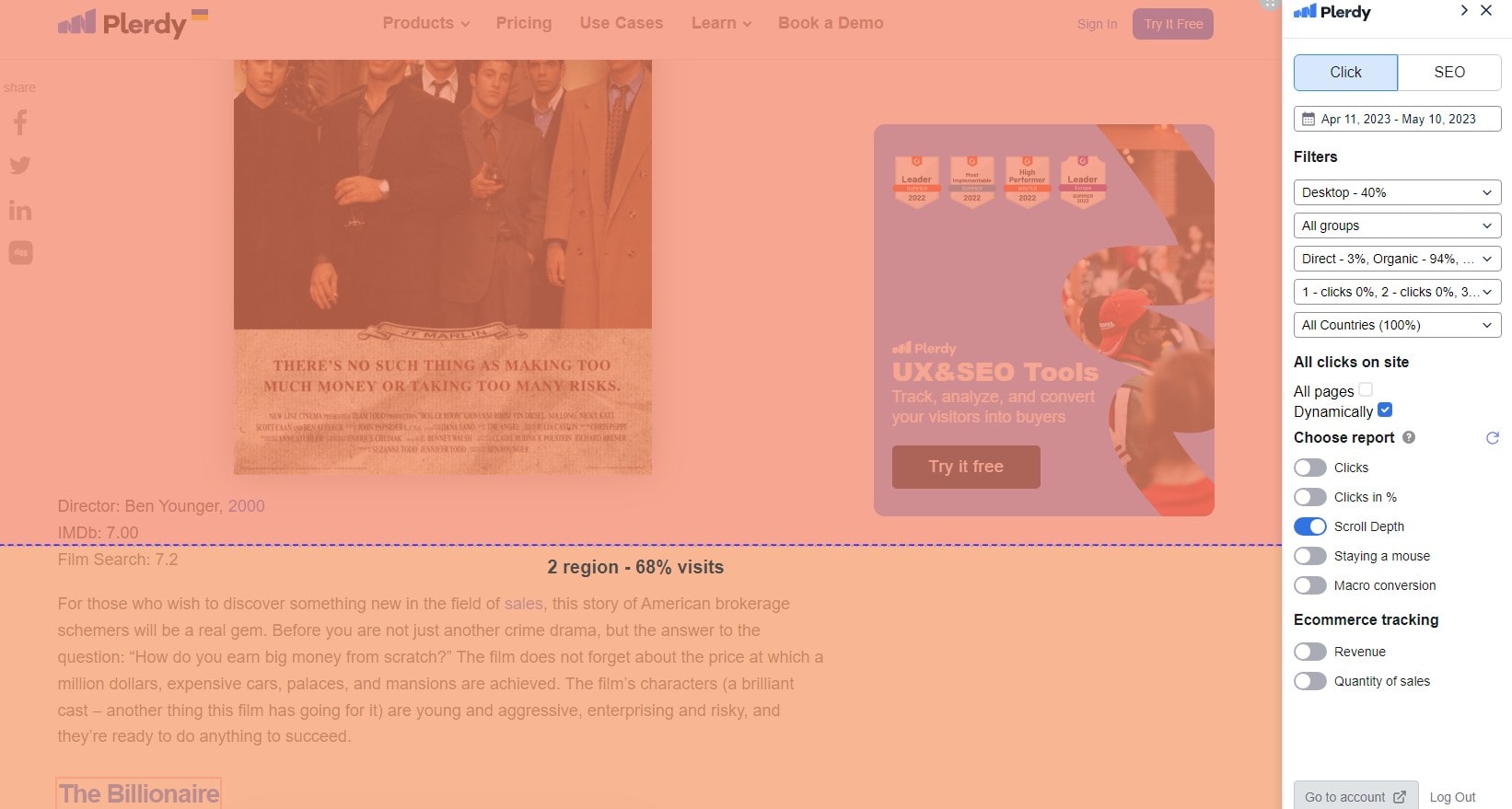
Delving into customer experience analytics is akin to navigating a labyrinth – fraught with challenges, but the treasures lie within. For instance, a gourmet coffee subscription service wishes to leverage analytics for tailoring delightful customer experiences.
Hurdles include:
- Data Overload: Sifting through heaps of data can be overwhelming.
- Integration Issues: Harmonizing diverse data sources might get hair-raising.
- Data Security: Safeguarding sensitive customer information is imperative.
Here’s how they can break down barriers:
- Prudent Data Management: Opt for analytics tools that can filter out the chaff, leaving only relevant insights. Use this to understand what makes customers tick and tailor their coffee choices accordingly.
- Smooth Integration: Harness platforms that gel well with existing systems, ensuring data consistency and integrity. This way, the subscription service can seamlessly track customer preferences and anticipate their java needs.
- Fortified Security Protocols: Encrypting data and regular security audits will safeguard customer information. This builds trust – the cornerstone of customer loyalty.
With customer experience analytics, the coffee subscription service can make informed decisions and steam ahead with confidence. It’s all about turning data into a golden brew that not only satisfies customers but keeps them coming back for more. The labyrinth, once conquered, reveals pathways to endless possibilities.
Future Outlook: Trends and Predictions in Customer Experience Analytics

Let’s set the stage for the riveting drama that customer experience analytics will unfold in times to come. Imagine a food delivery app knowing the moment you crave your favorite burger and delivering it at your doorstep just in time!
- Predictive Personalization: Bid adieu to generic marketing. Brands will embrace AI to predict customer needs and offer tailor-made experiences. The food delivery app may recommend novel delicacies based on your past orders.
- Voice Analytics: The rise of voice assistants calls for voice analytics to understand and improve customer interactions. Analyzing voice searches can enable the app to refine its menu options.
- Emotion Analytics: Brands won’t just be eyeing data; they’ll be capturing hearts. By gauging customers’ emotions through feedback, companies can foster bonds. Imagine the food delivery app sending a free dessert when it senses you’ve had a rough day!
- Real-time Analytics: Lightning-fast data processing will enable instant modifications to customer journeys. If the app detects a sudden surge in demand, it can quickly scale up operations.
Girded with such potent trends, customer experience analytics is poised to transcend horizons. Brands that harness this tidal wave of innovation will create customer experiences as sumptuous as a five-star feast.
Conclusion
As we wrap up, we trust you’ve found value in exploring the indispensability of customer experience analytics. At the heart of it all, it’s about discerning customer preferences and translating these insights into strategies that resonate ?. From sectors as varied as eCommerce, education, and healthcare, businesses that prioritize CX analytics are the ones that thrive and flourish.
Don’t forget, Plerdy, a leader in SEO & UX analytics, is your trusty ally in this journey. Their tool is equipped with advanced features that can decode the complexities of customer behavior, helping you bridge any potential gaps between your offerings and customer expectations.
It’s not just about increased sales and popular services but about nurturing relationships with your customers and becoming a name they trust. As you build and refine your strategies based on analytics, remember — your ultimate goal is to provide a seamless and satisfying journey for every customer ?️.
In closing, the power to transform customer experience rests in your hands. Use CX analytics to illuminate your path, eliminate frictions and redefine excellence in your niche. Plerdy is here to guide you in this venture. With their trial, your organization can begin a journey to enhanced customer understanding and engagement. Seize the opportunity and let your brand shine ?.
